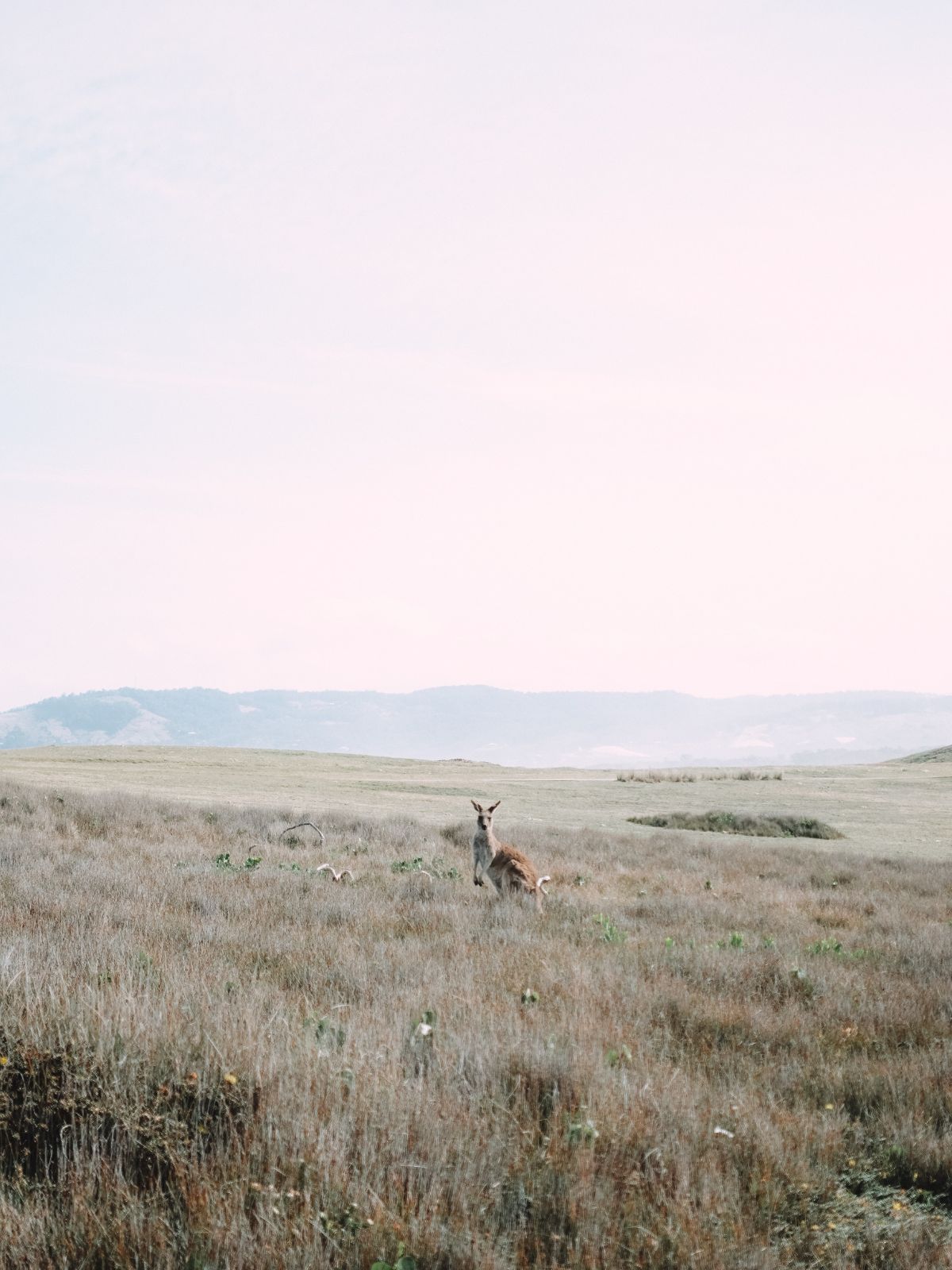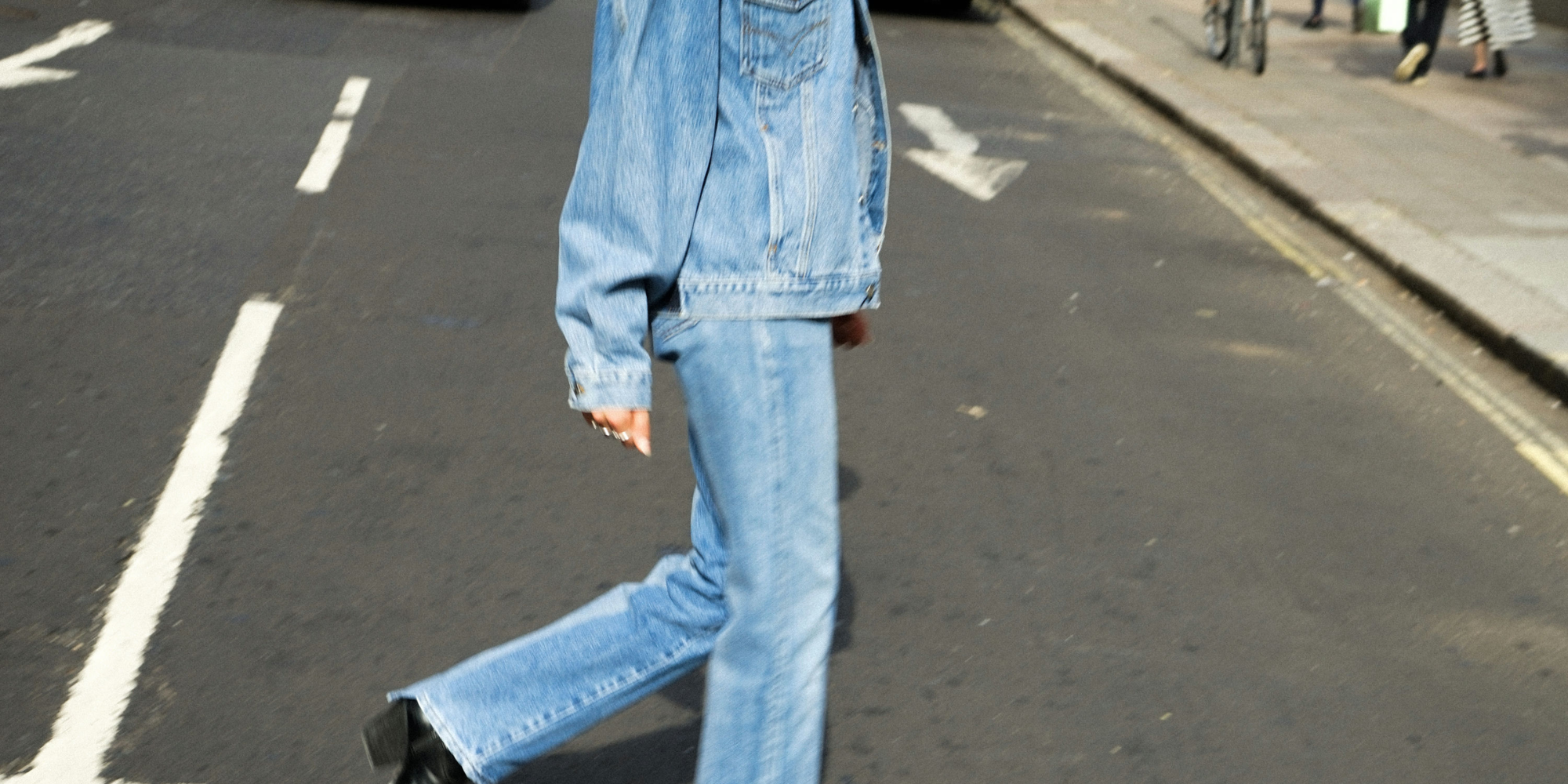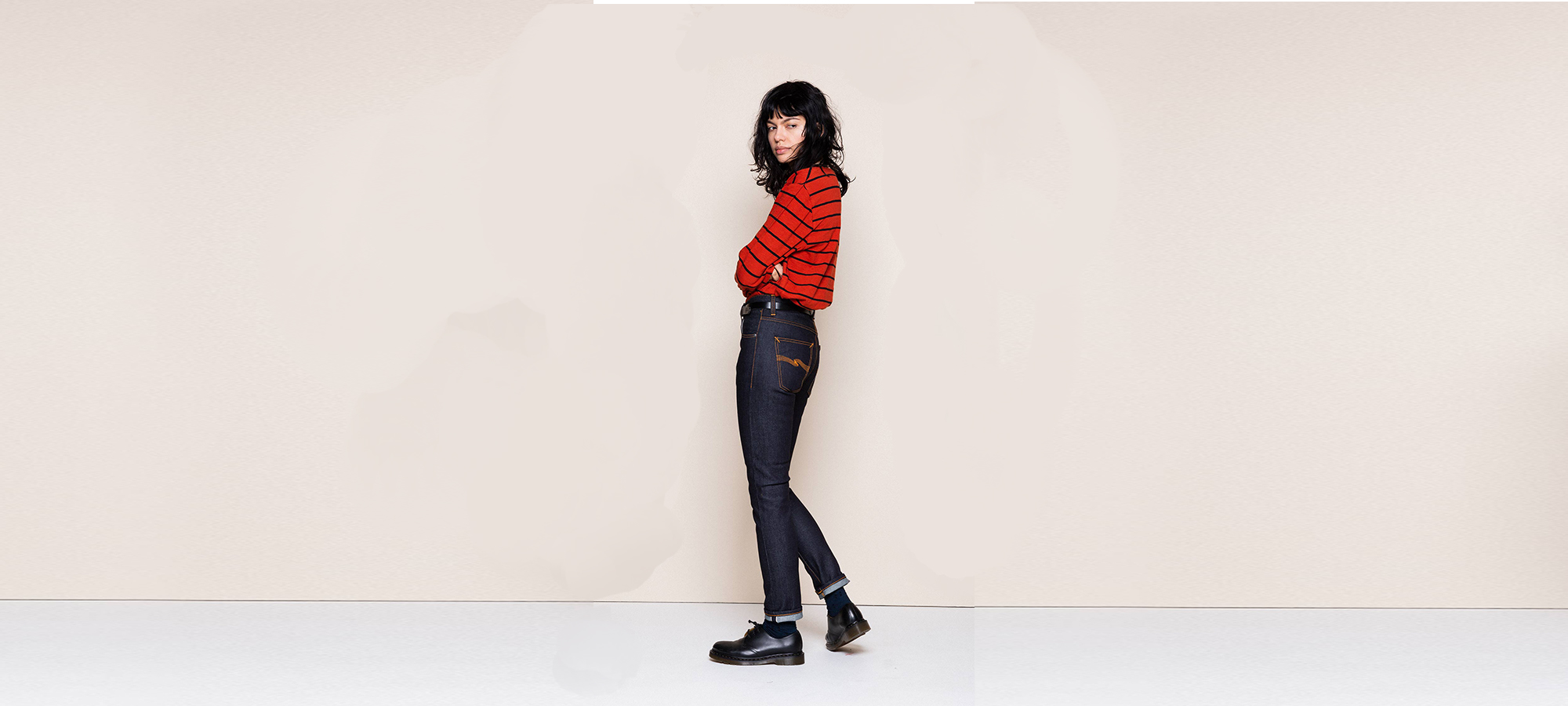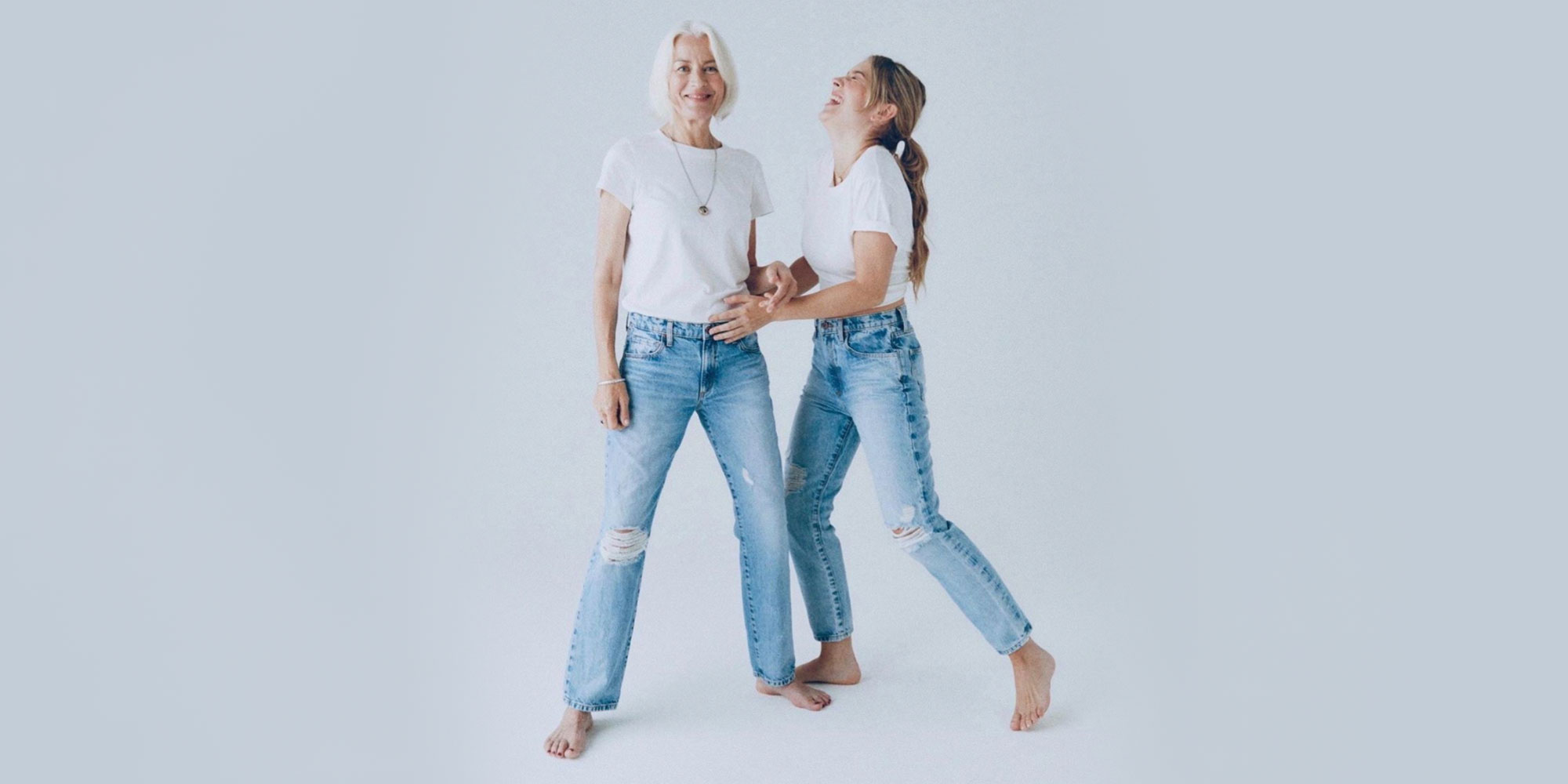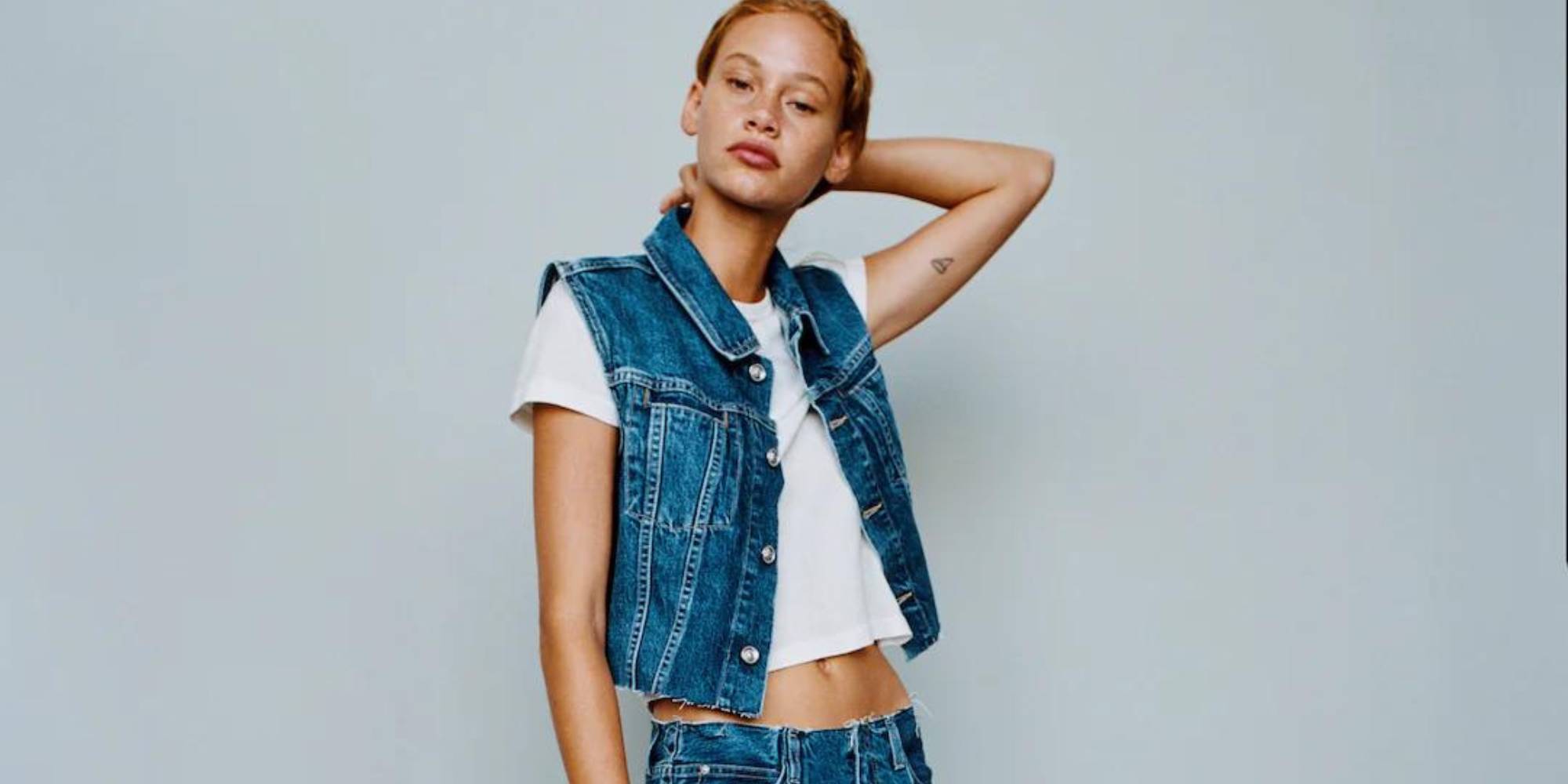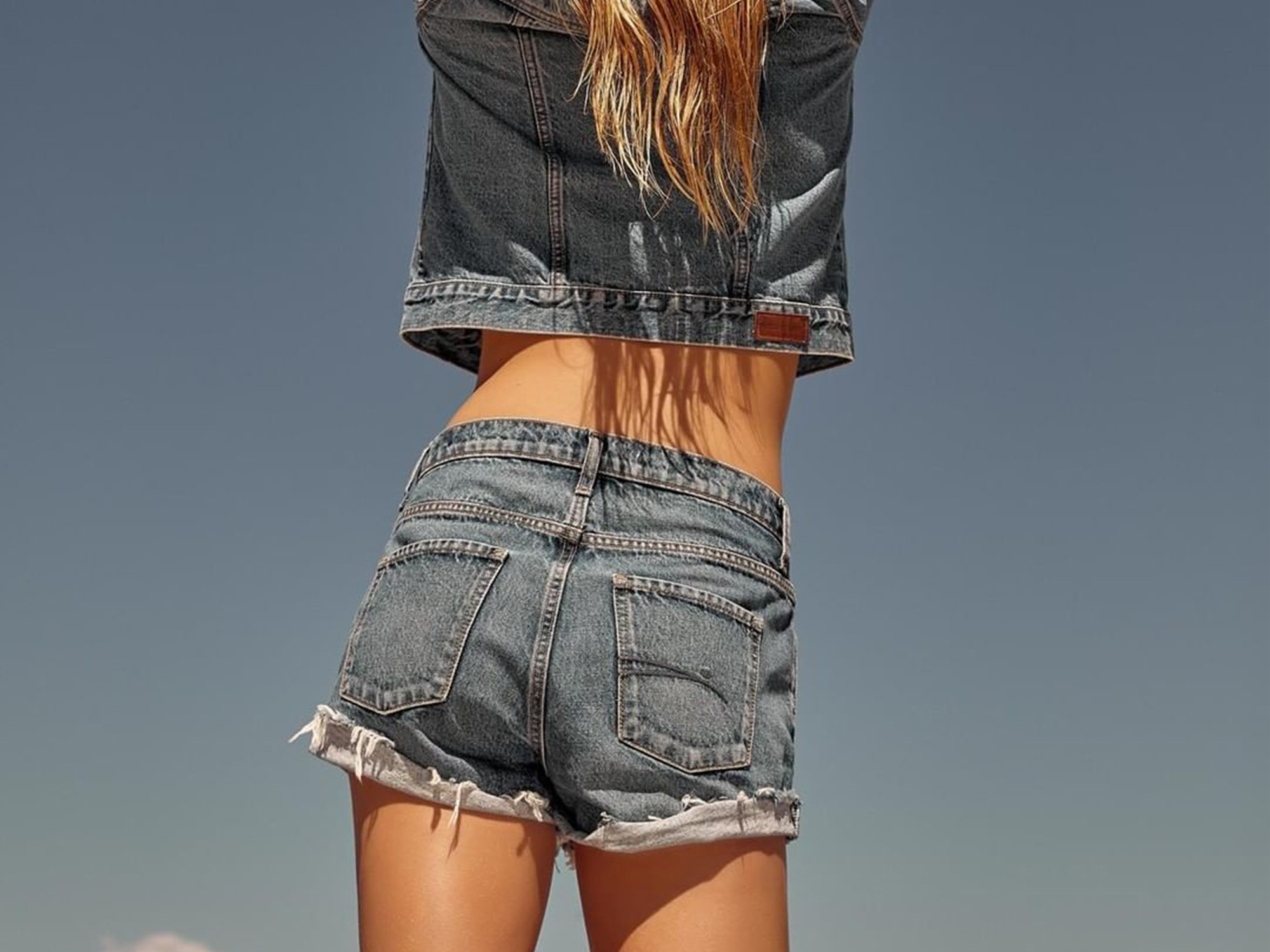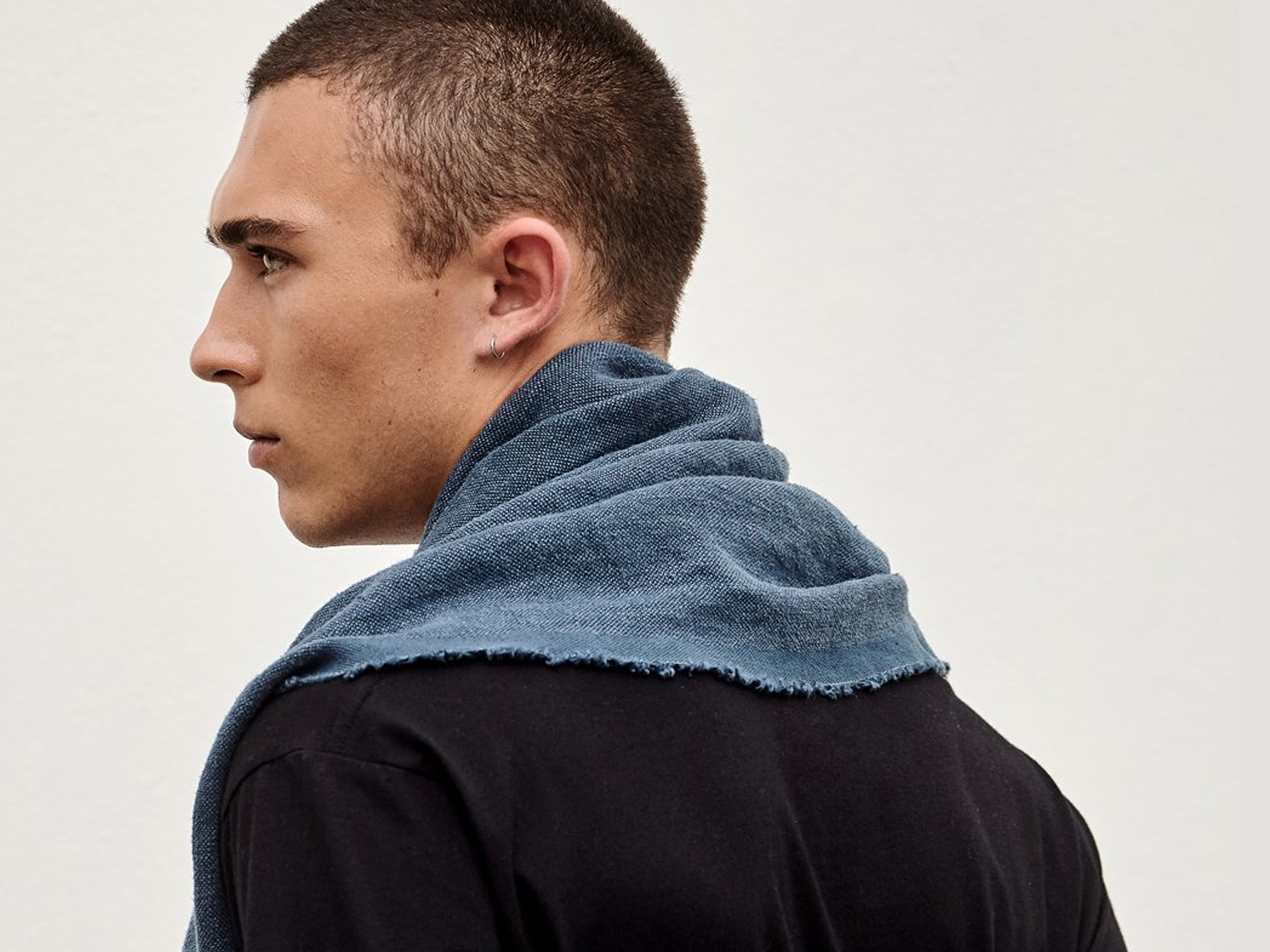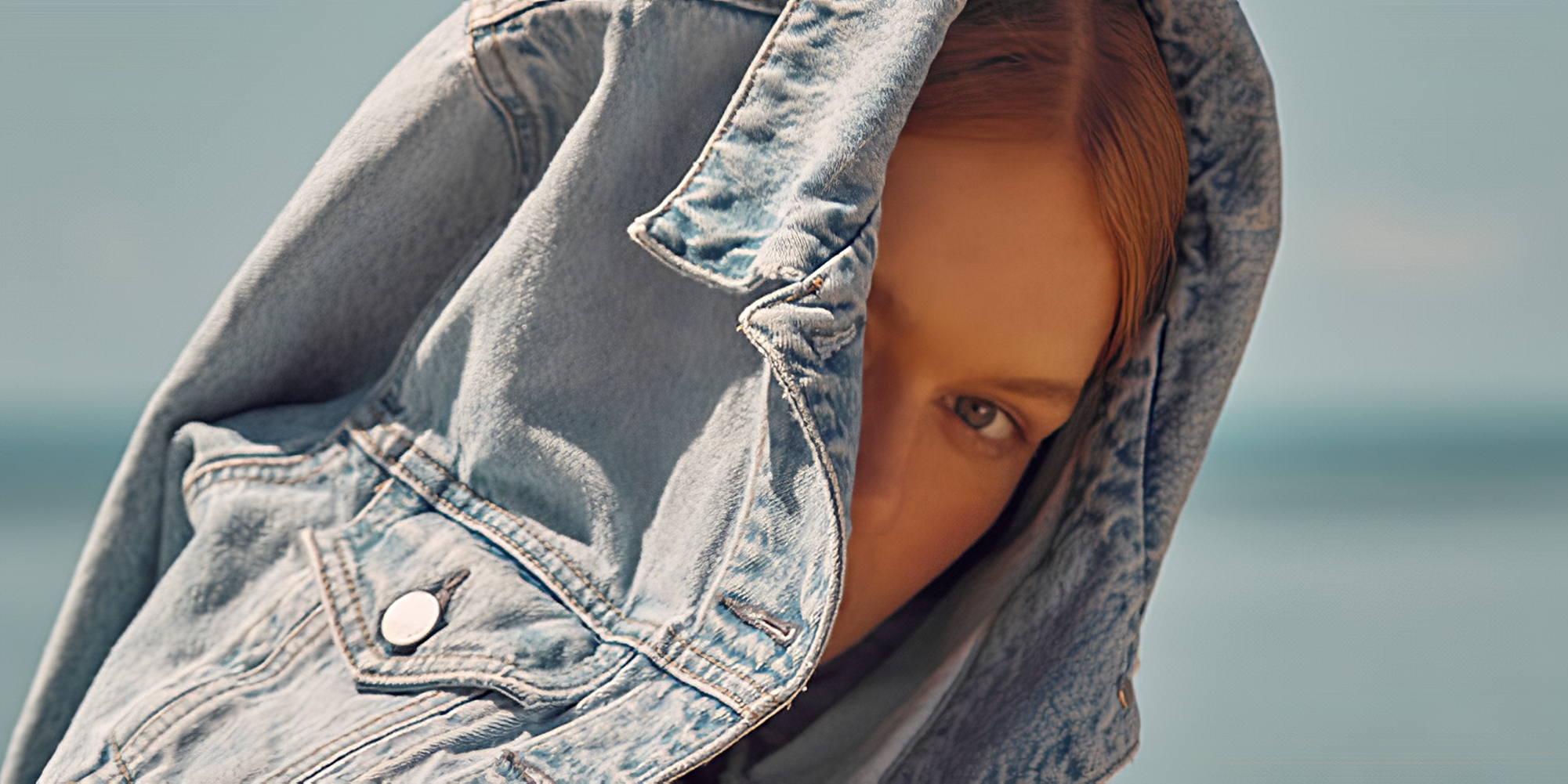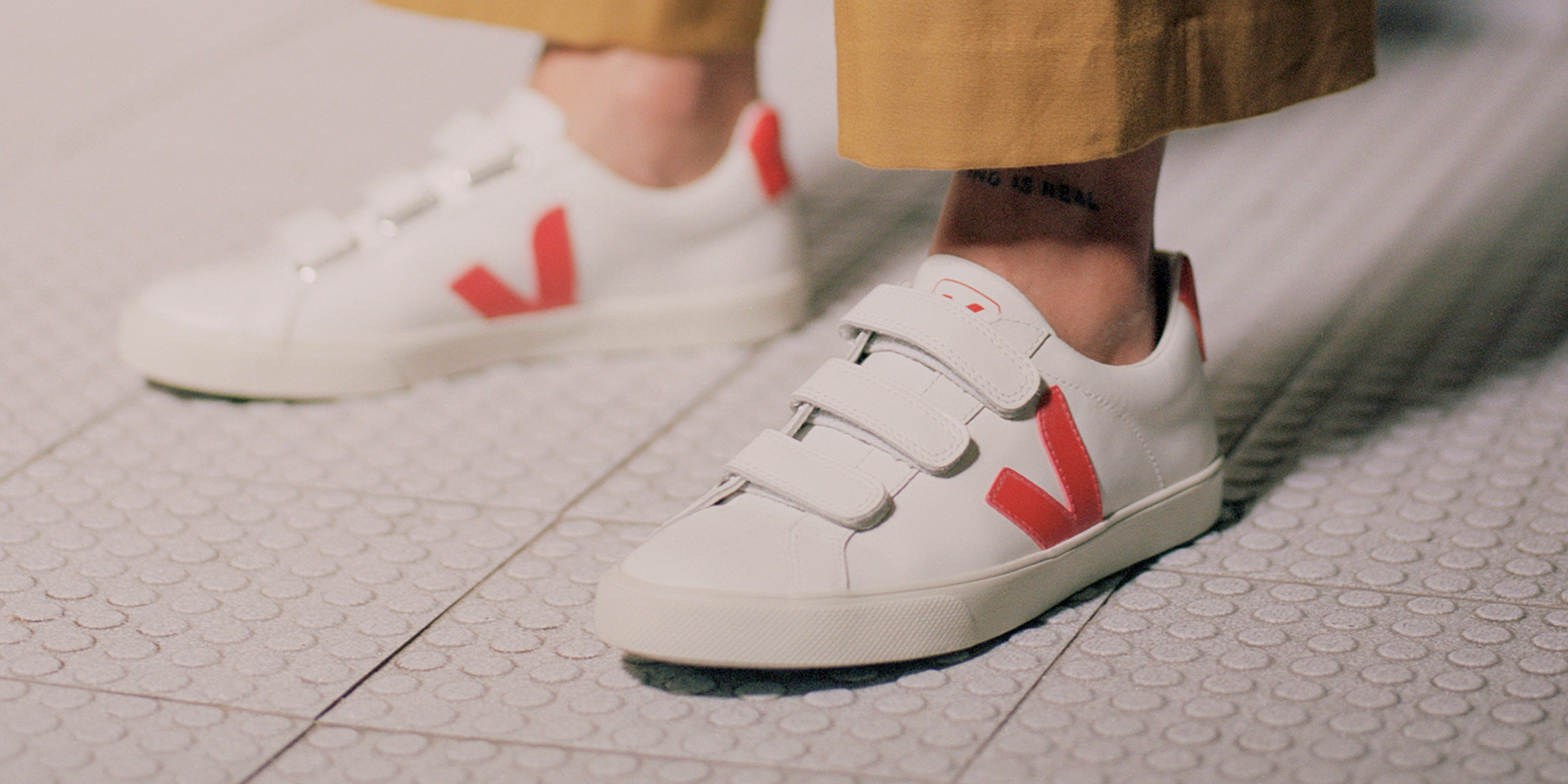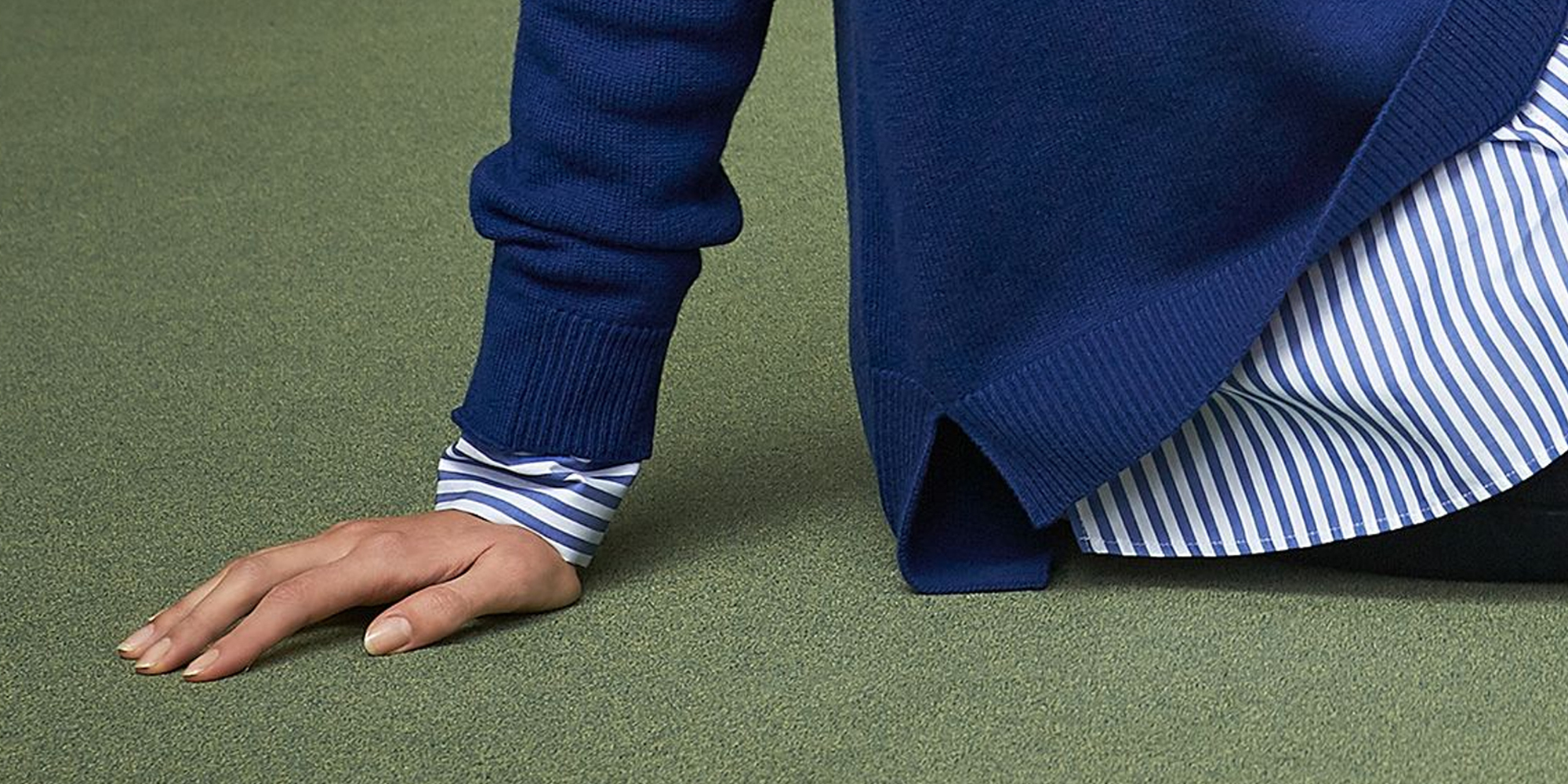Our editors curate highly rated brands that are first assessed by our rigorous ratings system. Buying through our links may earn us a commission—supporting the work we do. Learn more.
Levi’s has been at the forefront of the denim industry for 170 years, and gets our middling score of “It’s a Start” for its sustainability efforts, but there is still work to do. This article is based on the Levi’s rating published in February 2024.
Cool and comfy, but not quite there
In 2023, Levi’s was the world’s top-selling denim brand, and it has been synonymous with counterculture and effortless style for over 70 years (and a workwear staple long before that). But is this household name doing anything to ensure its jeans are not just on trend but responsibly made, too? How ethical is Levi’s?
With a reported revenue of US$6.2bn in 2022 by parent company Levi Strauss & Co, it’s easy to imagine the vast, global production machine behind these huge profits. Manufacturing on such a large scale is bound to have far-reaching consequences.
In 1991, Levi’s developed Living Our Values—a Code of Conduct to guide responsible production throughout the denim giant’s supply chain. Levi’s claims the original document was landmark in the fashion industry, and has influenced many other apparel companies to adopt similar codes.
So, does it work? Let’s compare principles with practice.
Environmental impact
A product life cycle study commissioned by Levi’s showed that for one of its core products—the 501 Medium Stonewash jeans—37% of their climate impact and 23% of water consumption occurred during the consumer care phase. Levi’s took this as a call to action to shift consumer attitudes away from fast fashion-based consumption and encourage customers to treat its jeans as a long-term investment. But what actions is Levi’s taking to mitigate the environmental impact of its own operations?
Levi’s has made commitments to responsible denim production, including incorporating lower-impact materials like reconstituted cotton, and significantly reducing water use, saying in its 2025 Water Action Strategy report “we commit to reducing the amount of water we use for manufacturing in areas of high water stress by 50 percent by 2025 against a 2018 baseline.” It has also set a science-based target to reduce greenhouse gas emissions generated from its own operations and supply chain and it is on track to meet its target.
In 2012, Greenpeace named and shamed Levi’s for connections to dangerous water pollution in Mexico in their Toxic Threads report. Levi’s then pledged to reduce the hazardous chemicals used to dye and treat its clothing, and aimed for the elimination of hazardous chemicals by 2020, which it achieved with Zero Discharge of Hazardous Chemicals Group (ZDHC) across most of its supply chain. Thanks to all of this effort, we have given Levi’s a “Good” rating for the environment.
Labour conditions
Levi’s rates “It’s a Start” for labour—an improvement from “Not Good Enough” in its most recent rating review. It scored a 60% in Fashion Revolution’s Transparency Index, as it traces most of its supply chain including all of the final stage of production. It also implements gender equality and empowerment initiatives in its supply chain. Most recently, the brand has made its diversity and inclusion policy for its direct operations more comprehensive.
Despite these positive steps, there’s an area of the Levi’s supply chain that requires attention. Almost none of its supply chain is certified by labour standards which ensure worker health and safety, and Levi’s has made little progress towards ensuring the payment of a living wage for its workers across the supply chain. And despite calls for it to join the Pakistan Accord, Levi’s still hasn’t done so. Given its huge profits, we think the brand could be doing far better on this front.
Animal welfare
Levi’s animal welfare is “Not Good Enough”. It does not use fur, angora, or other exotic animal skin or hair. Its current Animal Welfare Policy insists that the supply chains for the sourcing of all animal products must be traceable where practicable to ensure humane practices. Despite this, it does still use leather, down feather, and wool without stating their sources, but states it supports wool from non-mulesed sheep and will work to “consolidate its wool sourcing accordingly, as it becomes commercially viable.”
Overall rating
We rate Levi’s as “It’s a Start” overall based on our own research. Our rating reflects the company’s ambition and ingenuity, particularly the continued headway it’s making with regards to environmentally responsible production methods. Levi’s is committed to producing quality, hard-wearing products. That said, in February 2024, the company’s new CEO expressed intentions to scale up the business and its production of other non-denim items—a worrying sign in an industry already saturated with clothes. We hope to see the brand taking a responsible approach to its production in this area.
And while a timeless pair of Levi’s jeans can be a worthy investment in combination with long-term care and repair, if you want to support a brand that is more ethical and sustainable on all fronts, then we have picked some alternatives for you.
Note that Good On You ratings consider hundreds of issues, and it is not possible to list every relevant issue in a summary of the brand’s performance. For more information, see our How We Rate page and our FAQs.
